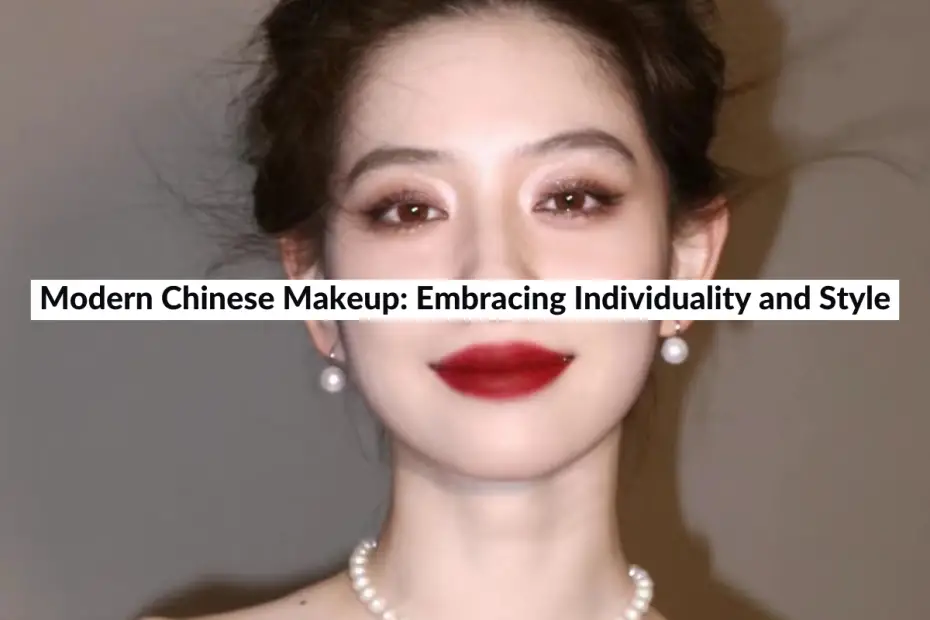Makeup trends in China exhibit significant differences compared to the West. While Western makeup trends emphasize a natural look, Chinese makeup trends focus on achieving flawless cosmetic perfection.
In this blog post, we will delve into some of the most popular Chinese makeup and beauty trends in recent years. For cosmetics brands seeking to enter the Chinese beauty market, understanding these trends is essential to provide the best products and services to the Chinese audience.
Chinese Women’s Perception of Makeup:
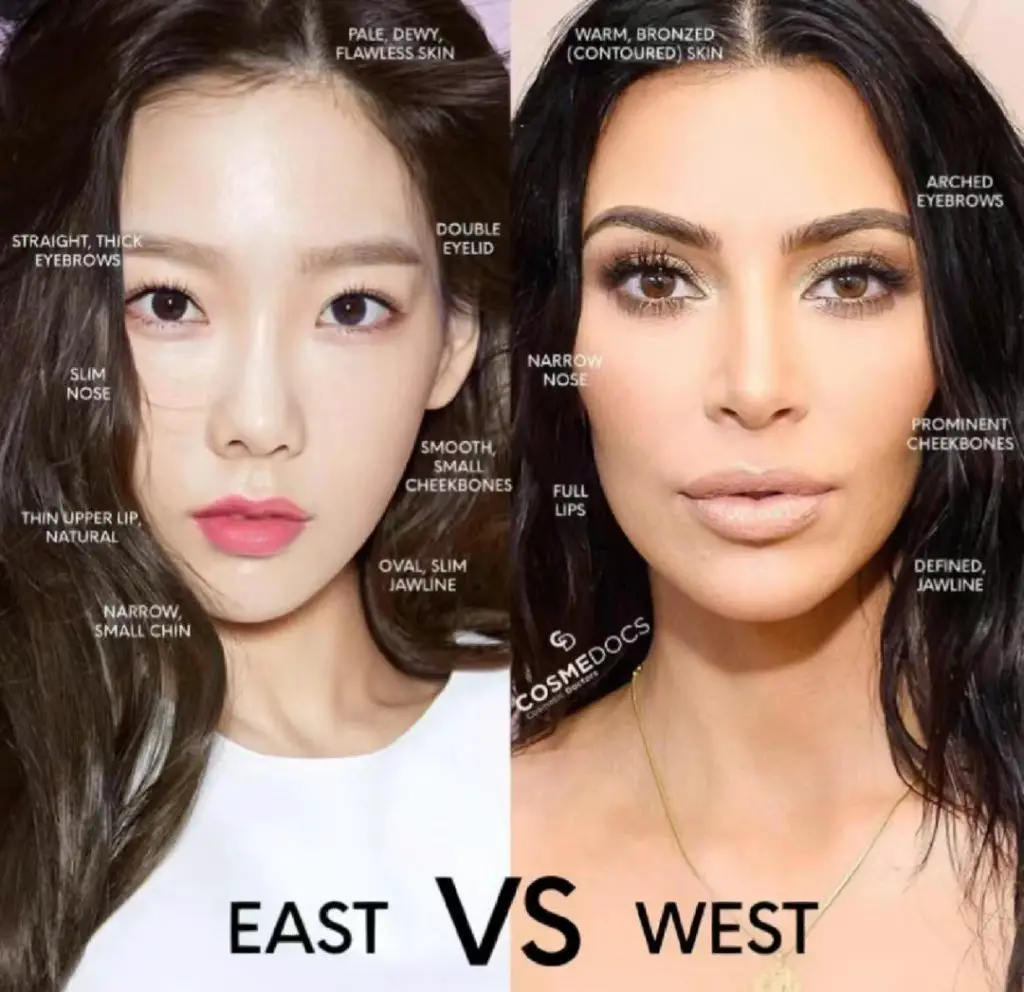
- Emphasis on Appearance: Chinese women place great importance on their appearance, often spending hours applying makeup. Looking their best is crucial to how they are perceived by others, even during casual outings with friends and family. Consequently, China’s beauty and cosmetics market is the second largest in the world, following the United States, with retail sales reaching around 42.43 billion yuan in 2022.
- Contrasting Preferences: Chinese beauty preferences differ significantly from Western standards. While Western women enjoy experimenting with makeup, using various colors and techniques to alter their appearance or achieve a minimalistic look, Chinese makeup aims for a simple yet impeccable appearance. Attention to detail is crucial in attaining this desired aesthetic.
Chinese Beauty Standards Foreign Brands Should Consider:
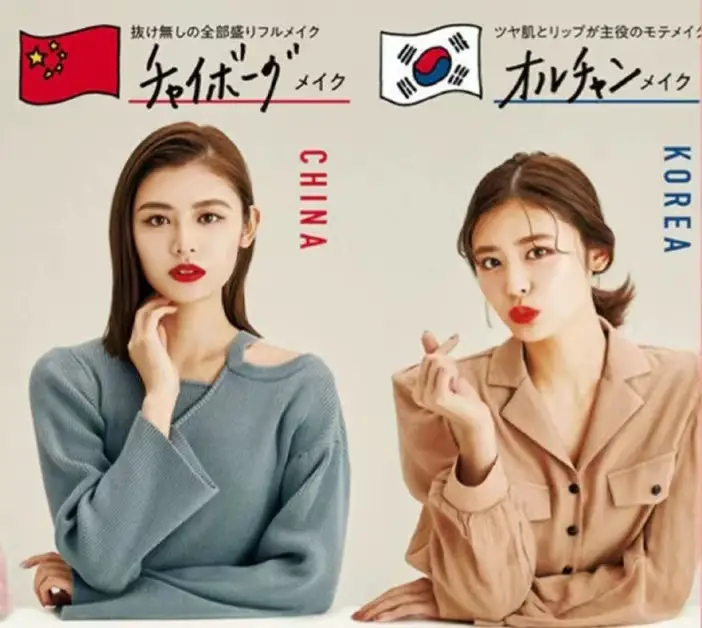
Evolution of Beauty Standards: Historically, Chinese beauty standards emphasized pale and smooth skin, slender bodies with long necks, and delicately shaped faces. While some of these ideals still hold true today, China’s beauty standards are rapidly evolving.
Exposure to social media platforms and Western makeup tutorials has broadened Chinese women’s exposure to diverse beauty standards, ranging from Western celebrities to Japanese and Korean pop stars.
Additionally, China’s growing economy has made its younger consumers more globally-minded and cosmopolitan in their preferences.
Adaptation to Asian Beauty Standards: For foreign brands entering the Chinese beauty market, understanding the need to adapt products to Asian beauty standards is vital. Notably, Chinese consumers prefer fair skin and often utilize whitening cosmetics as part of their daily beauty routine.
Brief History of Makeup in China:
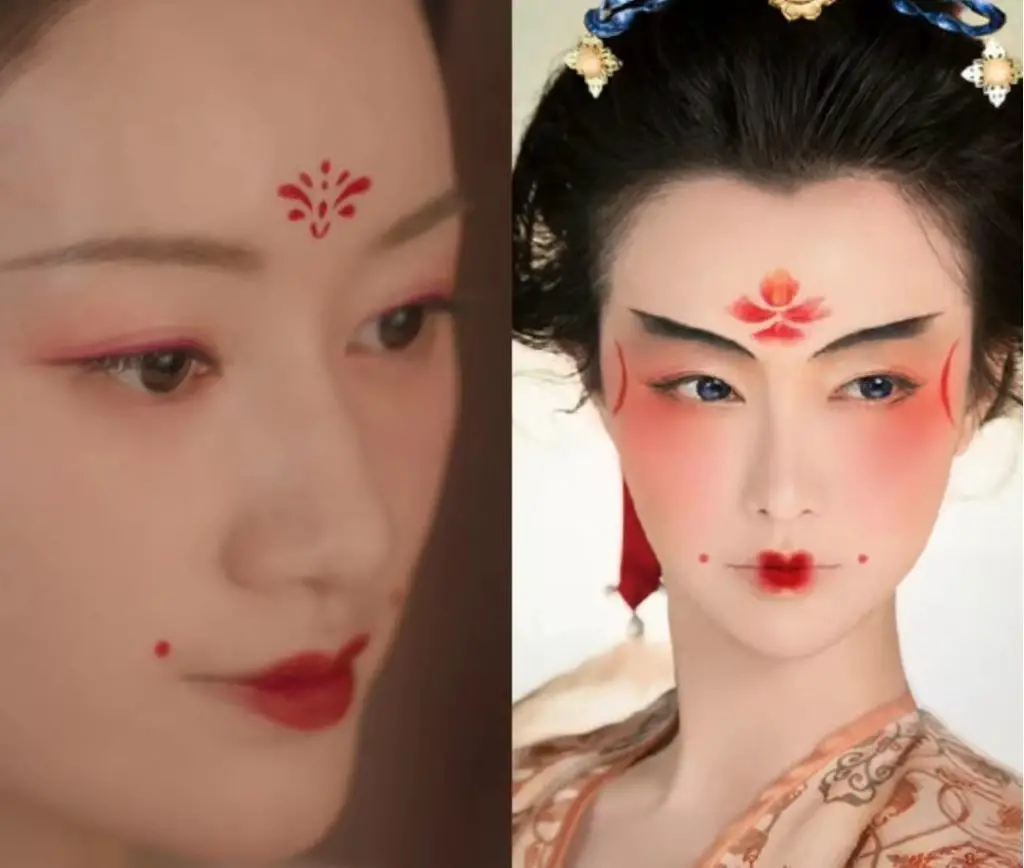
- Ancient History: The use of cosmetics in China dates back to around 3000 BC, with techniques and products originating from this period still influencing modern makeup application. Women during the Zhou dynasty (1050–256 BC) painted their eyebrows, applied facial creams and powder, and adorned their lips with lip gloss. Makeup was considered a daily necessity for women who wore traditional attire such as the Chinese Hanfu dress.
- Middle Ages: Throughout history, Chinese women generally favored delicate and simple daily makeup routines. However, during the Tang dynasty, women embraced more elaborate makeup to enhance their features. This included using white powder for a pale complexion, applying rouge for rosy cheeks, and using black eyeliner and mascara for larger, dramatic eyes. The popularity of strong red makeup also emerged during this era.
Contemporary Chinese Makeup Styles:
Glamour:
The glamour look in China draws inspiration from ancient empresses, featuring pale skin, well-defined eyes with eyeliner, and prominent red lips.
This makeup style echoes the aesthetics of ancient China.
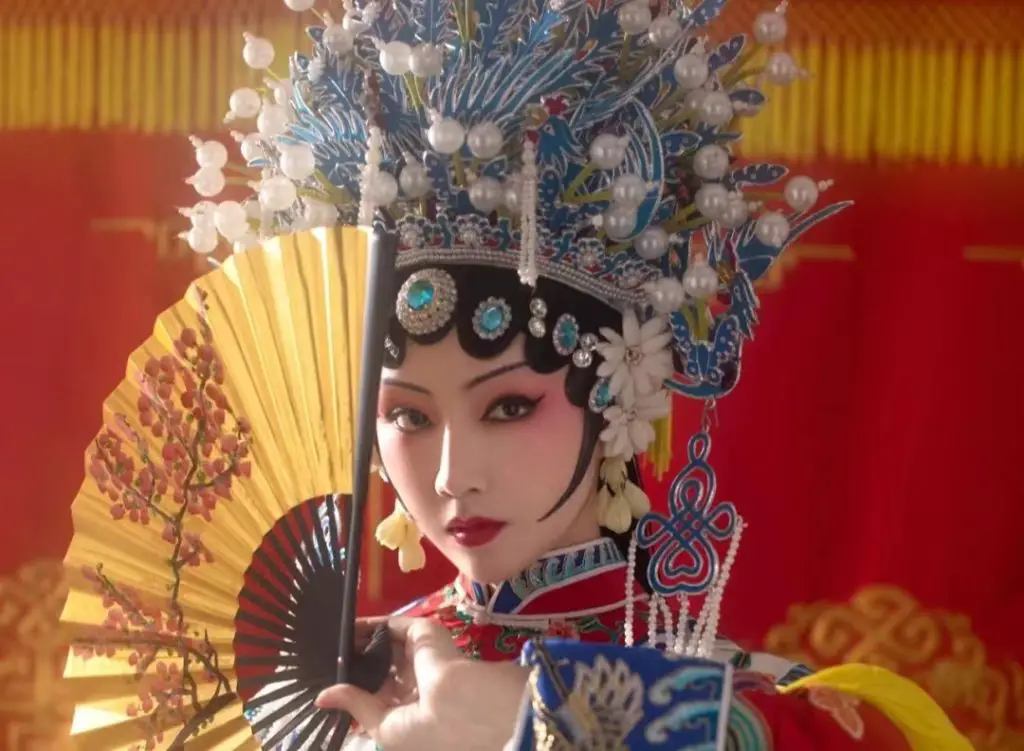
Opera Red:
Chinese consumers incorporate elements of traditional opera makeup into their looks, such as applying a narrower and lighter line of reddish powder beneath the eyes, offering a modern twist on the original heavy opera makeup.
Adding floral accents or red lip gloss completes the opera-inspired look.
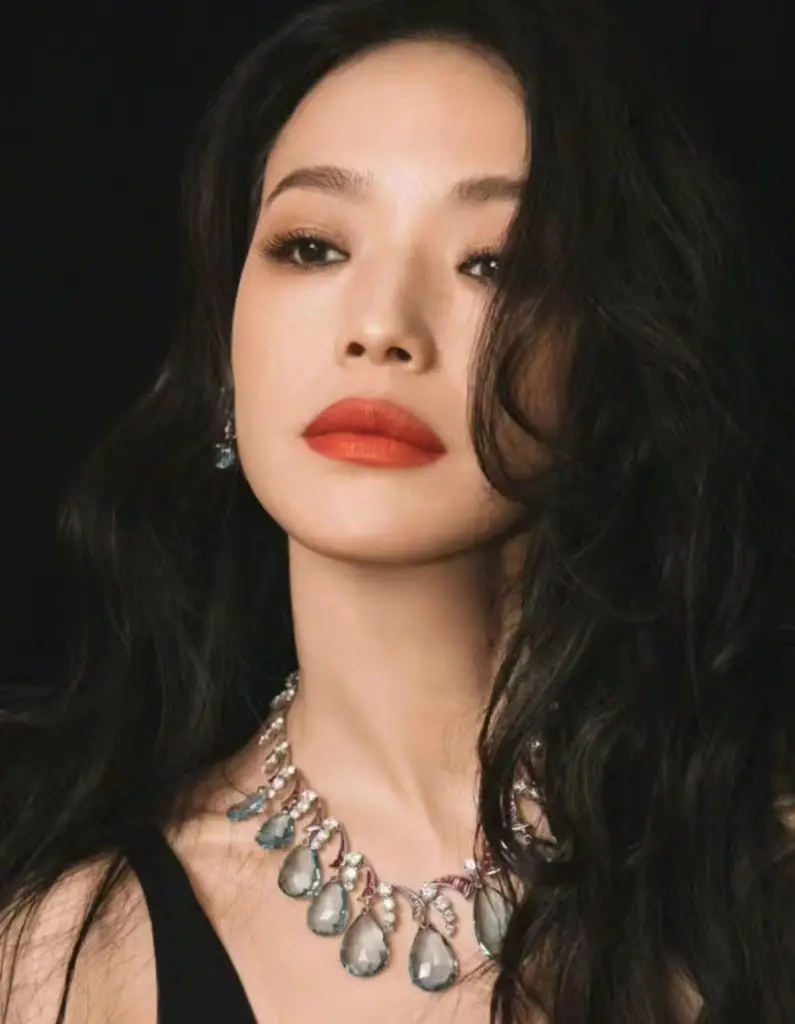
Sexy Glitter:
Influenced by Western trends, the sexy glitter makeup look features brown or glittery smokey eyes accompanied by dark lips, primarily suitable for trendy party events rather than everyday wear.
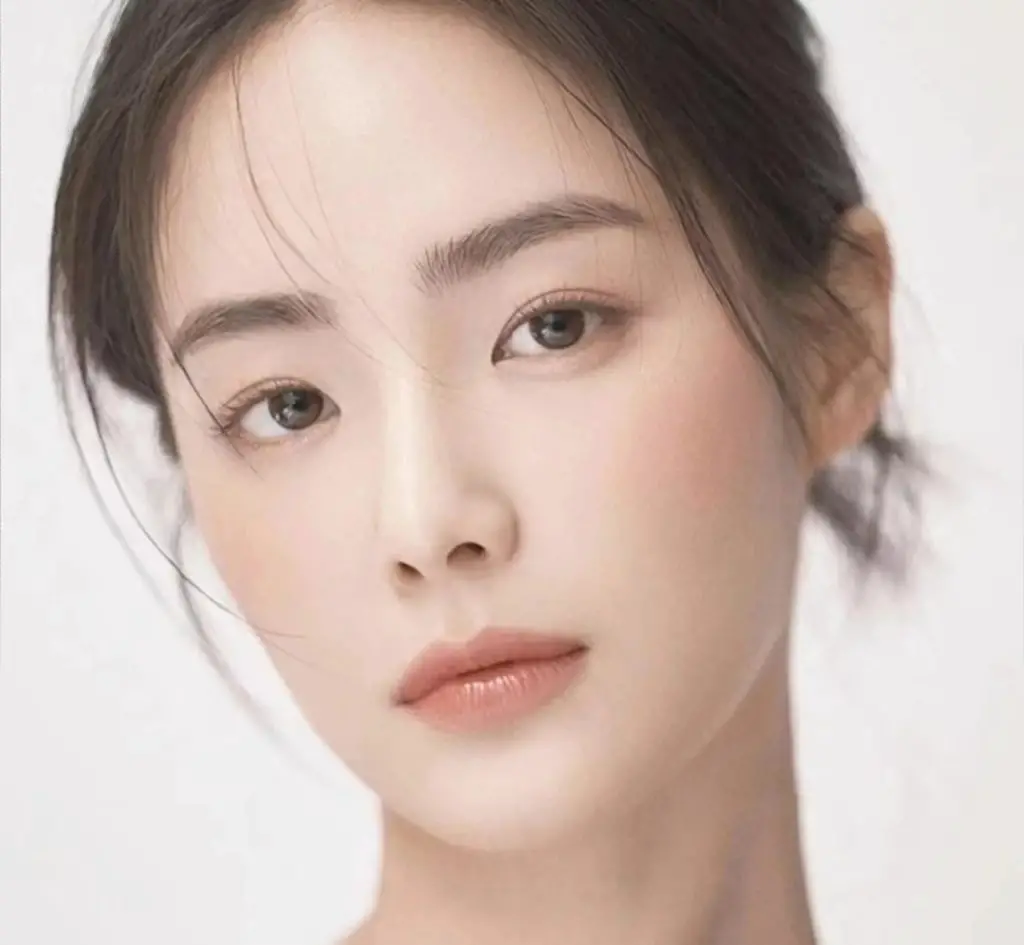
Natural:
With a focus on skincare and the use of quality skin cosmetics, Asian women often opt for a natural makeup look that enhances their natural beauty without heavy powder or additional cosmetics. This style caters to both Asian and Western beauty preferences, as consumers increasingly favor natural or minimalistic makeup after a period of heavy and dramatic looks.
No Makeup:
The no-makeup trend, gaining popularity in Asia and expanding to the West, involves applying a subtle amount of makeup to achieve a natural-looking face. Matching foundation and powder shades, minimal contouring and highlighting, no mascara, a touch of blush for rosy cheeks, lightly defined eyebrows, nude eye powder, and glossy lips create the desired effect.
Personalization or Haute Makeup:
Personalized makeup caters to individuals with scars or flaws they wish to conceal while maintaining a unique and original look. Brands targeting the Chinese market can leverage this trend by offering products and tips on covering flaws effectively. Searches for topics like “how to define olive skin” and “square face makeup” have seen significant increases in popularity.
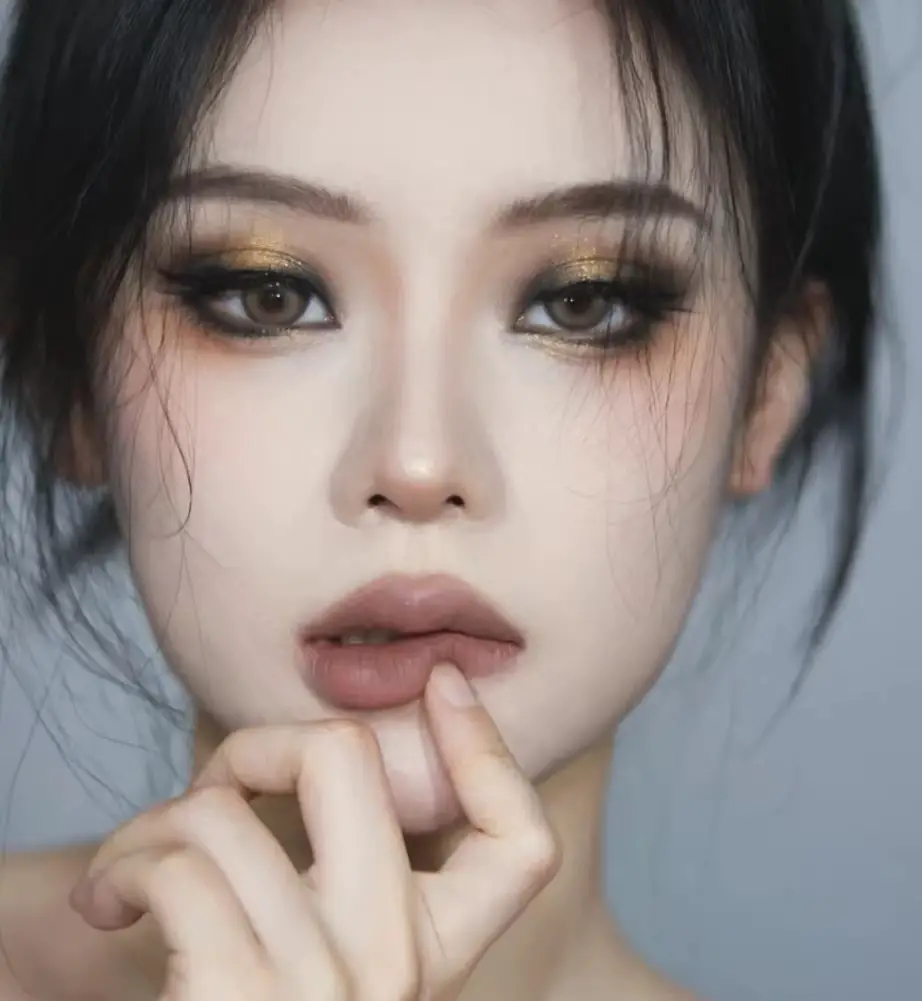
Smokey Eyes:
Smokey eyes, a well-known makeup technique worldwide, also finds popularity in China. While black smokey eyes are the traditional choice, variations with brown or purple shades have emerged.
Chinese women tend to pair smokey eyes with dark lipstick, in contrast to the Western preference for balancing heavy eye makeup with lighter lip and foundation shades.
Baby Face and Baby Doll:
Popular among Asian girls, the baby face makeup trend aims to recreate the illusion of a baby’s features through makeup. Known as the Kawaii look in Japan, this style has gained traction in China and Korea as well.
Another variation, the baby doll look, involves full-face makeup, including heavy eye powder, large false eyelashes, excessive blush, and pinky lipsticks, aiming for a doll-like appearance.
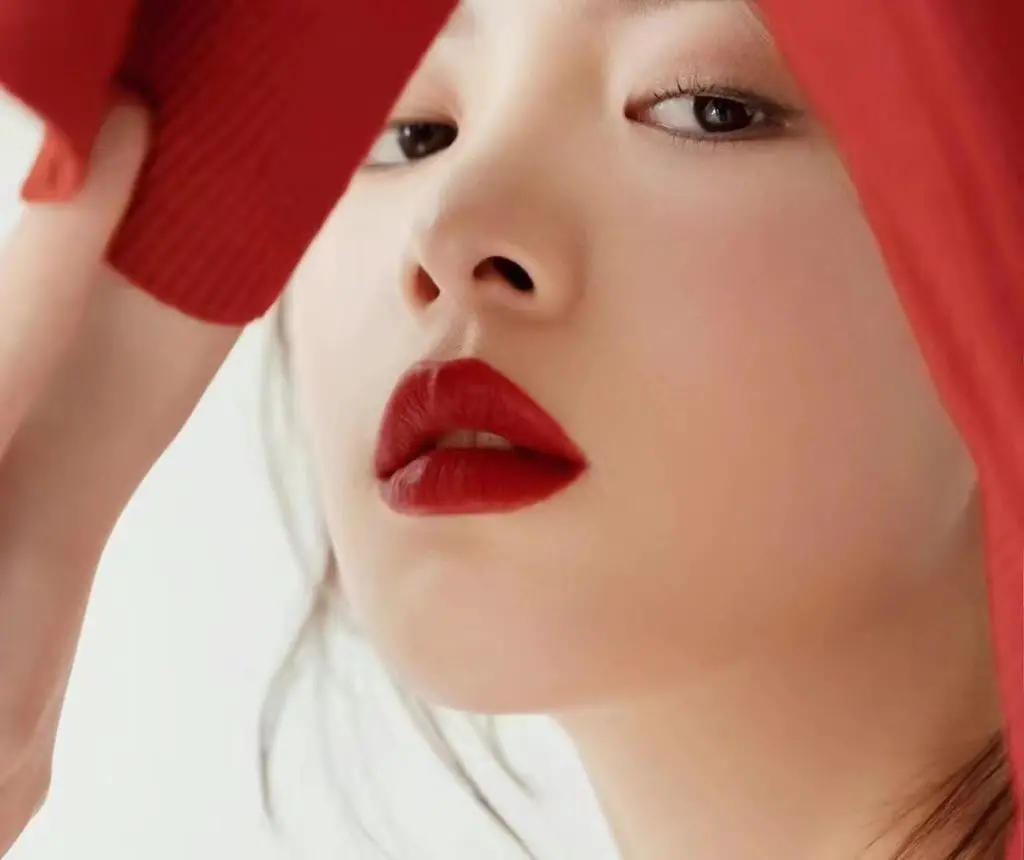
Dark Lips:
Dark lip makeup has been prevalent in China since ancient times. Chinese women have traditionally emphasized their lips and eyebrows to create a striking contrast with fair skin.
While red tones were popular in the past, contemporary Chinese consumers experiment with very dark shades for eyebrows and lips. Contrarily, the eyes are typically left with minimal or no makeup.
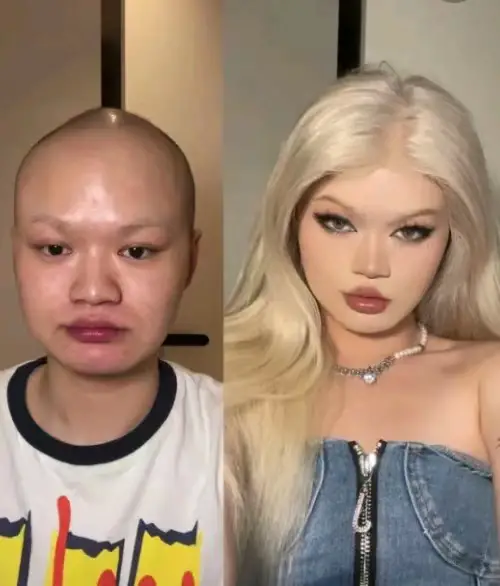
Genderless Makeup:
The male beauty sector in China differs significantly from Western norms, with Chinese men embracing cosmetics and makeup as part of their daily routines. The market is expected to reach $166 billion in 2022, highlighting the importance of considering male consumers in makeup trends. Brands must recognize the profitability and potential of this segment.
Douyin Makeup:
Douyin makeup is a trend originating from the Chinese social media platform Douyin (TikTok). It features bold and colorful looks created by beauty influencers and makeup enthusiasts. Douyin makeup showcases creative techniques and intricate designs, often incorporating gradient lips and vibrant eyeshadow looks.
The platform’s short video format allows for concise yet visually appealing makeup transformations. Its influence extends beyond China, impacting global beauty trends through the international version of the app, TikTok.
Conclusion:
Chinese makeup trends evolve over time, combining aspects of traditional aesthetics with contemporary influences. Dark lip colors and pale foundations continue to hold sway in Chinese beauty standards.
Additionally, the Chinese beauty market presents a significant opportunity for cosmetics brands, with the growing male beauty sector demonstrating substantial potential.
By understanding and adapting to the preferences of Chinese consumers, both domestic and foreign brands can thrive in this dynamic and profitable market.
FAQs:
How do Chinese beauty trends differ from Western beauty trends?
Here are the key differences:
- Focus on Skincare: Chinese beauty trends prioritize skincare and achieving a healthy, radiant complexion. In contrast, Western beauty trends often focus more on makeup and achieving specific cosmetic effects.
- Lighter Base Makeup: Chinese beauty trends typically favor lighter base makeup, aiming for a more natural and flawless appearance. Western beauty trends often embrace heavier foundation coverage and contouring techniques.
- Soft Color Palettes: Chinese beauty trends often lean towards soft and pastel color palettes for a youthful and delicate look. Western beauty trends tend to embrace bolder and more vibrant colors, allowing for more experimentation.
How do Chinese beauty influencers influence makeup trends?
- Product Recommendations: Chinese beauty influencers often showcase and recommend popular makeup products. Their endorsements can significantly impact the sales and popularity of specific brands or products.
- Tutorials and Techniques: Influencers create makeup tutorials, sharing their tips and techniques for achieving specific looks. Their step-by-step guides and demonstrations allow followers to learn and replicate the latest makeup trends.
- Style Inspiration: Chinese beauty influencers set style trends through their own unique makeup looks. Their creativity and ability to experiment with different styles inspire followers to try new makeup trends and techniques.
Are Chinese and Korean beauty standards the same?
While both Chinese and Korean makeup styles strive for a natural and youthful look, there are nuanced differences. Chinese makeup trends often focus on enhancing features with a soft and natural approach.
Gradient lips and well-defined brows are popular techniques. Korean makeup trends often lean towards a more dewy and “glass skin” look, with a focus on creating a flawless, luminous complexion.
What are the beauty standards in China?
It included a fair complexion, small mouth and lips, delicate jawline, and almond-shaped eyes with long lashes.
